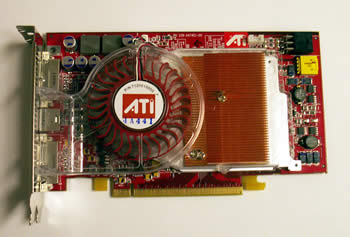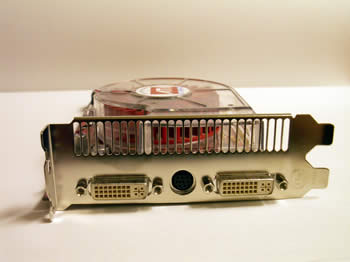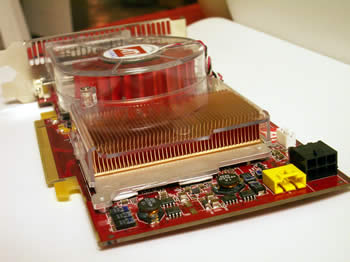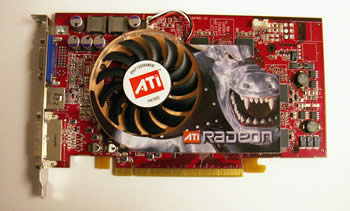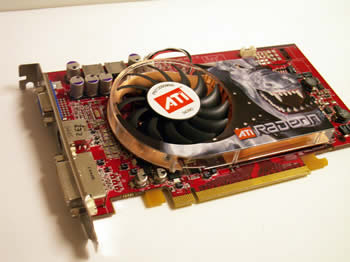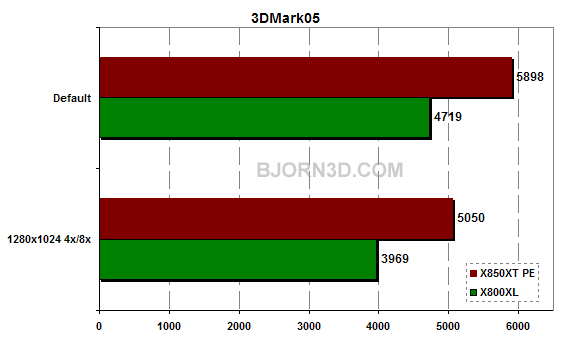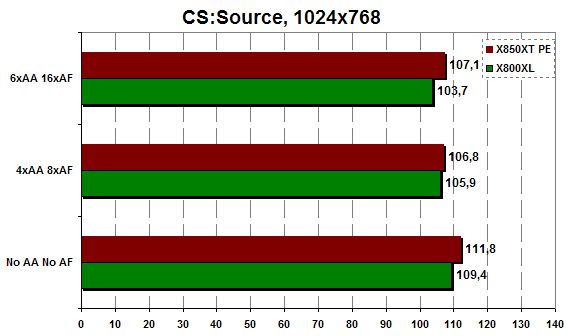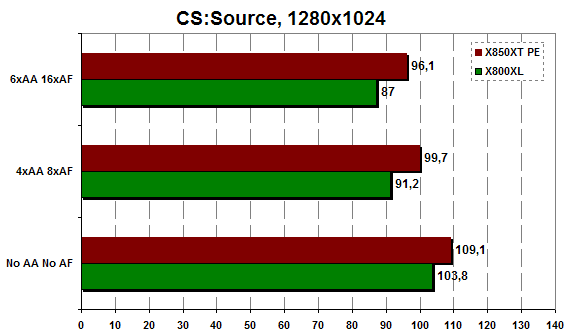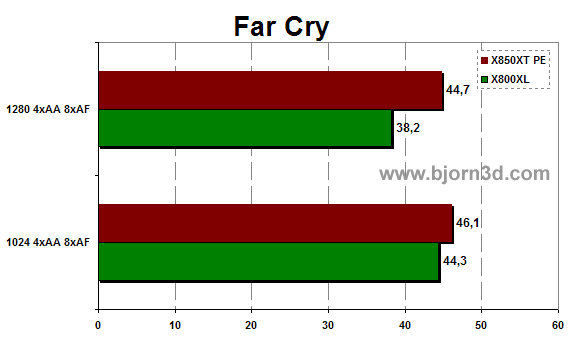With the $299 Radeon X800XL ATI tries to strike back at NVIDIA’s successful GeForce 6800GT cards. We’ve taken this card as well as the new top-of-the-line Radeon X850XT PE for a spin to see what they are capable of.
Introduction
Earlier this autumn, ATi revealed details about their new PCI-Express video cards, the X850 XT Platinum Edition (PE) and the X800 XL. While the X850 XT PE of course is the new high-end video card, the X800 XL is ATIs answer to NVIDIAs GeForce 6800 GT. ATI was kind enough to lend us two reference cards for a quick spin in some of our benchmarks.
Technical Information
Both the X800 XL and the X850 XT PE use the new PCI-Express slot.
| RADEON X800 XT | RADEON X800 XL | RADEON X850 XT PLATINUM EDITION | |
| Bus Type | PCI Express x16 | PCI Express x16 | PCI Express x16 |
| Memory Amount (MB) | 256 | 256 | 256 |
| Memory Type | GDDR3 | GDDR3 | GDDR3 |
| Memory Interface | 256-bit | 256-bit | 256-bit |
| Memory Clock Speed (MHz) | 500 | 490 | 590 |
| Engine Clock Speed (MHz) | 500 | 400 | 540 |
| Pipelines | 16 | 16 | 16 |
| Pixel Fillrate | 8 Gpixels/sec | 6.4 Gpixels/sec | 8.6 Gpixels |
| Geometry Rate | 500 MTriangles | 400 MTriangles | 540 MTriangles |
The main difference between the R480 chip in the X850 XT PE and the R423 chip in X800 XTs is process enhancements. These have made it possible for ATI to clock it slightly higher than the X800 XT PE. Theres a bigger difference between the R430 than can be found in the X800 XL and the R423. While the R423 is fabbed with a 0.13 um low-K process, the R430 is fabbed with a 0.11 um process. It cannot reach the clockspeeds of the R480 but runs cooler. In the end, it is the perfect chip to power the cards that ATI wants to rival the successful GeForce 6800 GT.
The Cards
The X850 XT PE
As you can see, this is the first Radeon card that is dual-slot from the start.
The fan is big and makes the X850 XT PE a 2-slot solution
The fan is big and pretty noisy for a few seconds when you start. It never reached any high volumes while using it though.
This card needs more power than the PCI-E slot can provide and thus has a power connector. This connector is of the new type that you see on PCI-E cards, and thus you cannot just connect it to your old power supply unless it is of the new type that has that special connector type. Luckily, ATI realizes this and supplies an adapter that lets you use a normal 4-pin Molex-connector.
The memorychips are covered by the fan/heatsink
The X800 XL
In contrast, the X800 XL really looks like the older ATI cards.
Even though it has the same amount of pipelines like the older X800 XT cards as well as just being slightly lower clocked, it still does not need any additional power thanks to the more power-efficient 0.11 um process.
Benchmarks
This is my first experience with PCI-Express cards, which meant I had to build myself a new system. The system used for the test was:
Intel Pentium P4 530 3.0 GHz 800MHz/1MB overclocked to 3.36 GHz
Asus P5GDC DELUXE i915P
512 MB PC4000 DDR
WinXP with SP2
Catalyst 4.10
3DMark05
Settings: default and 1280×1024 4xAA78xAF
CS Source
Settings: Everything set to max details and water detail set to reflect all.
Doom 3
Settings: High Quality and 4xAA/8xAF.
Far Cry v1.3
Setting: Everything set to the highest setting. 4xAA/8xAF. Map is Pier from www.3dcenter.de.
Conclusion
The X850 XT PE and X800 XL continue ATI’s trend of releasing new cards for the PCI-Express slot only. The X850 XT PE is the typical fall refresh product. It has the same basic design with some small improvements and faster clockspeed. The question of course is if ATI will manage to actually get the cards out to the public this time. Both they and NVIDIA certainly had problems with that in 2004.
The X800 XL is a much more interesting product. Priced $100 below the NVIDIA GeForce 6800 GT at $299, the card has the potential to become a hit. The performance certainly isnt shabby at all, trailing not too far behind the X850 XT PE. Both cards should become available during the first few months in 2005.
Thanks to ATI for providing us with two of these hard-to-get cards for a preview.
 Bjorn3D.com Bjorn3d.com – Satisfying Your Daily Tech Cravings Since 1996
Bjorn3D.com Bjorn3d.com – Satisfying Your Daily Tech Cravings Since 1996
